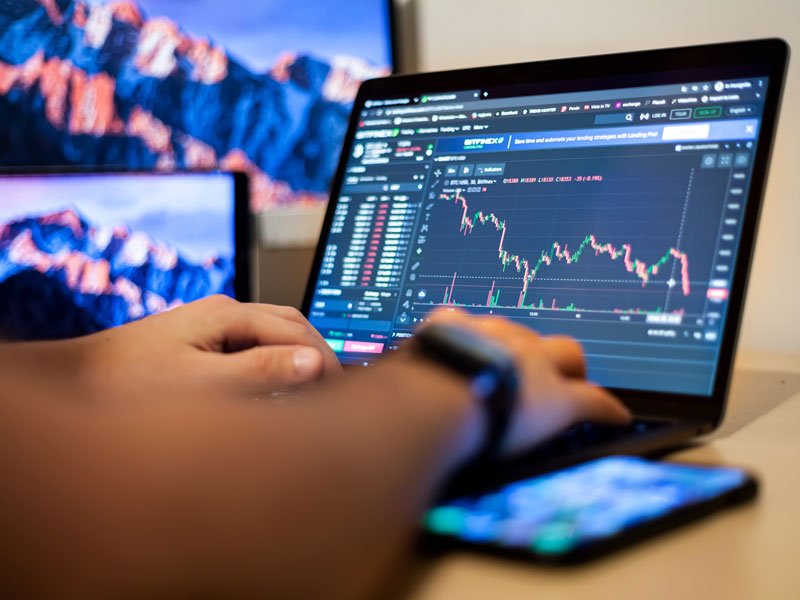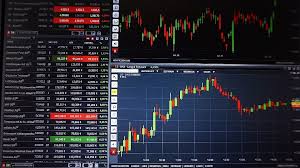
A Beginner’s Guide to Forex Trading Basics
Forex trading, or foreign exchange trading, is the process of exchanging one currency for another in the global market. It is one of the most accessible financial markets in the world, making it appealing for new traders. Beginners are often overwhelmed by the plethora of information available, but with a structured approach, understanding the basics can be simplified. If you’re just starting out, consider exploring forex trading basics beginners guide Forex Brokers in Jordan to find reliable trading options suitable for beginners.
What is Forex Trading?
Forex trading involves buying one currency while simultaneously selling another. Currencies are traded in pairs, such as EUR/USD (Euro/US Dollar) or USD/JPY (US Dollar/Japanese Yen). The first currency in the pair is known as the base currency, while the second is the quote currency. The trading price reflects how much of the quote currency is needed to purchase one unit of the base currency.
The Forex Market
The Forex market is the largest and most liquid financial market in the world, with an average daily trading volume exceeding $6 trillion. It operates 24 hours a day, five days a week, which allows traders from all over the globe to participate at any time. The market is decentralized, meaning there is no central exchange, and transactions occur directly between participants through electronic networks.
Understanding Currency Pairs

Currency pairs are the backbone of Forex trading. Each pair consists of two currencies and indicates the value of one currency relative to the other. Currency pairs are classified into three main categories:
- Major Pairs: These are the most traded pairs and include USD (US Dollar), EUR (Euro), JPY (Japanese Yen), and GBP (British Pound) among others. Example: EUR/USD.
- Minor Pairs: These pairs don’t include the USD and are less traded. Example: EUR/GBP.
- Exotic Pairs: These consist of a major currency and a currency from an emerging market. Example: USD/TRY (US Dollar/Turkish Lira).
Forex Trading Terminology
Understanding key trading terms is essential for beginners. Here are a few critical terms:
- Pip: A pip is the smallest price move that a given exchange rate can make based on market convention. It is typically 0.0001 for most currency pairs.
- Leverage: Leverage allows traders to control a large position with a smaller amount of capital. For example, a 100:1 leverage means that you can trade $100,000 with just $1,000.
- Spread: The spread is the difference between the buy (ask) price and the sell (bid) price. It represents the broker’s profit from the trade.
- Margin: Margin is the amount of money required to open a leveraged trading position.
How to Start Forex Trading
If you’re eager to start trading Forex, here’s a step-by-step guide:
- Educate Yourself: Before diving into Forex trading, make sure to educate yourself about market dynamics, trading strategies, and risk management.
- Choose a Reliable Broker: Select a trustworthy Forex broker that provides a user-friendly trading platform, competitive spreads, and adequate educational resources. Check their regulations and licensing to ensure they operate legally.
- Open a Trading Account: Most brokers offer various account types (demo, standard, etc.). Start with a demo account to practice trading with virtual money before moving to a live account.
- Develop a Trading Plan: Create a robust trading plan outlining your trading strategy, risk tolerance, and financial goals. A good plan can help you stay disciplined.
- Start Trading: Once you are comfortable with your plan, start trading with real money. Always start small and gradually increase your investment as you gain experience.

Strategies for Successful Trading
Successful Forex traders often apply various strategies. Here are a few popular ones:
- Scalping: This involves making rapid trades to achieve small profits by exploiting minor price changes.
- Day Trading: Traders buy and sell within the same day to capitalize on short-term price movements.
- Swing Trading: This strategy aims to capture price movements over several days to weeks, relying on technical analysis.
- Position Trading: A longer-term strategy focuses on fundamental analysis to make trading decisions based on long-term market trends.
Risk Management in Forex Trading
Risk management is vital in Forex trading. Here are some practices to mitigate losses:
- Set Stop-Loss Orders: A stop-loss order automatically closes a trade at a predetermined price to limit losses.
- Use Proper Position Sizing: Determine the size of your trade based on your risk tolerance and account size.
- Avoid Overleveraging: While leverage can increase profits, it also increases risk. Use leverage judiciously.
Conclusion
Forex trading can be an exciting and potentially profitable venture for beginners. By understanding the fundamentals, key terminologies, and effective strategies, new traders can navigate the complexities of this market more effectively. Like any investment, it comes with risks, so educating yourself and practicing good risk management will be key to your success. Welcome to the world of Forex trading!